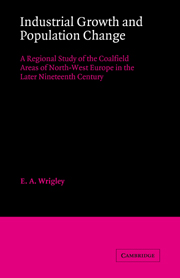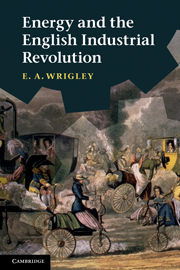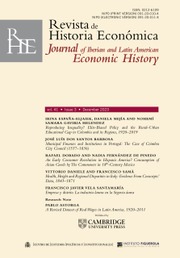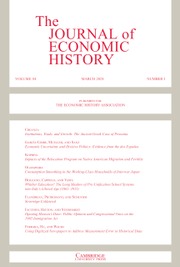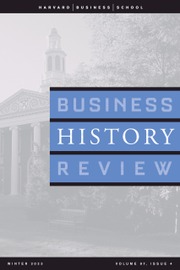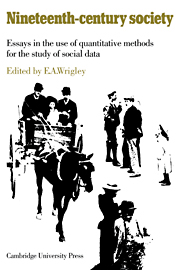The Path to Sustained Growth
England's Transition from an Organic Economy to an Industrial Revolution
$29.99 ( ) USD
- Author: E. A. Wrigley, University of Cambridge
- Date Published: January 2016
- availability: This ISBN is for an eBook version which is distributed on our behalf by a third party.
- format: Adobe eBook Reader
- isbn: 9781316540794
Find out more about Cambridge eBooks
$
29.99 USD
( )
Adobe eBook Reader
Other available formats:
Paperback, Hardback
Looking for an examination copy?
This title is not currently available for examination. However, if you are interested in the title for your course we can consider offering an examination copy. To register your interest please contact [email protected] providing details of the course you are teaching.
-
Before the industrial revolution prolonged economic growth was unachievable. All economies were organic, dependent on plant photosynthesis to provide food, raw materials, and energy. This was true both of heat energy, derived from burning wood, and mechanical energy provided chiefly by human and animal muscle. The flow of energy from the sun captured by plant photosynthesis was the basis of all production and consumption. Britain began to escape the old restrictions by making increasing use of the vast stock of energy contained in coal measures, initially as a source of heat energy but eventually also of mechanical energy, thus making possible the industrial revolution. In this concise and accessible account of change between the reigns of Elizabeth I and Victoria, Wrigley describes how during this period Britain moved from the economic periphery of Europe to becoming briefly the world's leading economy, forging a path rapidly emulated by its competitors.
Read more- Examines the transformation of Britain from the European periphery to a global economic power
- Analyses the impact of new energy sources on production and transport systems
- Considers how and why Britain's competitive advantage gradually began to erode during the course of the nineteenth century
Reviews & endorsements
'This volume has much to recommend it. It is an outstanding introduction to the emergence of growth in Britain. It also continues Wrigley’s long career of unearthing, collecting, and analyzing important data at an extraordinarily detailed level.' C. Knick Harley, The Journal of Interdisciplinary History
Customer reviews
Not yet reviewed
Be the first to review
Review was not posted due to profanity
×Product details
- Date Published: January 2016
- format: Adobe eBook Reader
- isbn: 9781316540794
- contains: 3 b/w illus. 30 tables
- availability: This ISBN is for an eBook version which is distributed on our behalf by a third party.
Table of Contents
Introduction
1. Organic economies
2. The classical economists
3. Energy consumption
4. Urban growth and agricultural productivity
5. Changing occupational structure and consumer demand
6. Demography and the economy
7. Transport
8. England in 1831
9. The completion of the industrial revolution
10. Review and reflection
Bibliography
Index.
Sorry, this resource is locked
Please register or sign in to request access. If you are having problems accessing these resources please email [email protected]
Register Sign in» Proceed
You are now leaving the Cambridge University Press website. Your eBook purchase and download will be completed by our partner www.ebooks.com. Please see the permission section of the www.ebooks.com catalogue page for details of the print & copy limits on our eBooks.
Continue ×Are you sure you want to delete your account?
This cannot be undone.
Thank you for your feedback which will help us improve our service.
If you requested a response, we will make sure to get back to you shortly.
×

